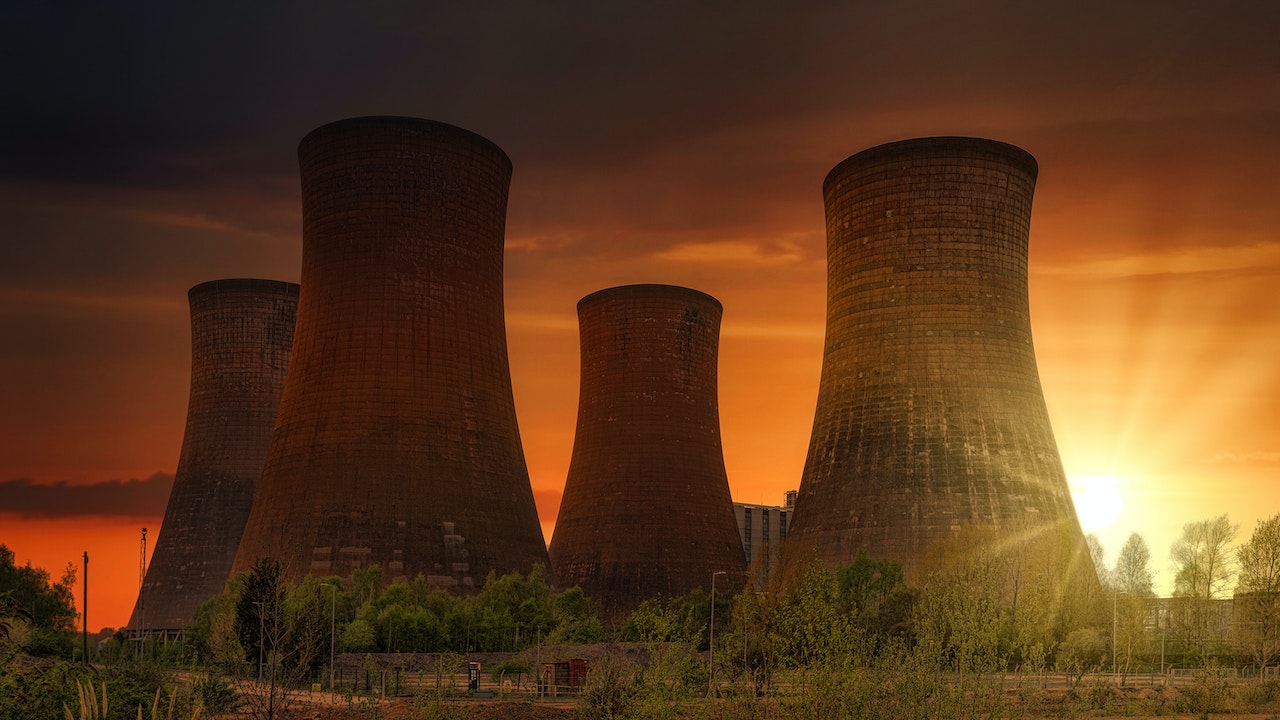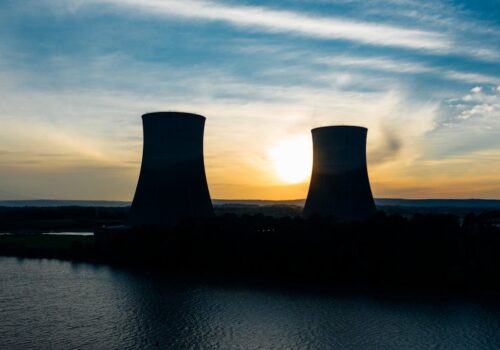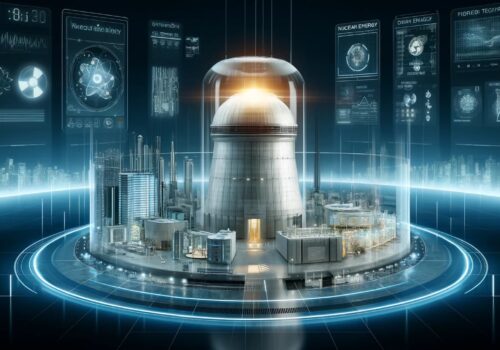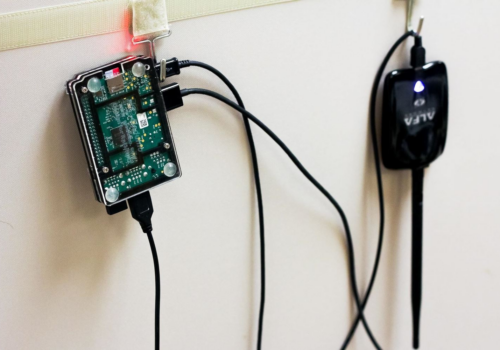Exploring the Future of Nuclear Energy: A Dissertation on Sustainability, Safety, and Economic Viability
Nuclear energy, one of the most controversial yet indispensable energy sources, has come a long way since its inception in the mid-20th century. As we grapple with the growing energy needs and the ramifications of climate change, it is paramount to examine the future of nuclear energy through the lens of sustainability, safety, and economic viability. This article takes a comprehensive look at these critical aspects.
First, sustainability must be considered when exploring the viability of nuclear energy. The most obvious benefit is its low carbon emission levels, as burning fossil fuels is no longer an option for meeting the planet’s increasing energy demands. In addition, new and promising technologies such as small-modular reactors, thorium-based reactors, and high-temperature gas-cooled reactors have the potential to provide much cleaner and more efficient electricity production with safer control compared to traditional reactors. This could help the world reach its overall carbon-reduction goals while still providing a steady energy supply.
Technological Advancements in Nuclear Energy
Nuclear technology has undergone significant advancements since the days of Chernobyl. Generation IV reactors, which are still in the development phase, promise to be far safer and more efficient than their predecessors. These reactors aim to utilize fuel more efficiently, reduce waste production, and have passive safety systems. Small Modular Reactors (SMRs) are also gaining traction as they are seen as more adaptable and cost-effective, with the potential to bring nuclear energy to regions where large reactors are not feasible.
Sustainability and the Environment
The environmental aspect of nuclear energy is two-fold. On one hand, nuclear energy has a minimal carbon footprint compared to fossil fuels, which makes it a crucial player in combating climate change. On the other hand, the disposal of nuclear waste poses environmental challenges.
One of the most significant breakthroughs in sustainability is the development of advanced nuclear reactors capable of using spent fuel. This not only reduces the amount of nuclear waste but also makes nuclear energy more sustainable by extending the fuel’s usability. Furthermore, research into thorium-based reactors could provide an alternative to uranium, which is more abundant and leaves behind less long-lived radioactive waste.
Safety Measures and Risk Management
Ensuring the safety of nuclear power plants is paramount. Modern nuclear reactors are being designed with inherent safety features that make them less susceptible to meltdowns. Additionally, stringent regulations and an international framework for cooperation have led to a higher standard of safety in the nuclear industry.
Robust training programs for plant operators and emergency response teams, along with investment in research to understand the potential risks and developing mitigative measures, further contribute to minimizing the risks associated with nuclear energy.
Economic Viability and Competitive Edge
The economic aspect of nuclear energy is often viewed as its Achilles’ heel. The capital costs for constructing nuclear power plants are considerably high. However, SMRs are poised to change this narrative. Their modular nature allows for cost reductions through serial production, and their smaller size can lead to lower upfront investment.
Furthermore, with the international community moving towards carbon pricing, nuclear energy might find itself more competitive compared to fossil fuels. Investment in research and development, along with public-private partnerships, can also play a significant role in making nuclear energy more economically viable.
Balancing the Equation: Bringing it all Together
The future of nuclear energy hinges on striking the right balance between technological advancements, sustainability, safety, and economic viability. Policymakers and stakeholders need to work collaboratively to frame policies that promote research and development while ensuring safety and environmental protection.
Public perception is also a crucial factor, and transparency in operations and communication can lead to greater acceptance of nuclear energy as a viable alternative to fossil fuels. A concerted effort from governments, industry, and the public can pave the way for a nuclear renaissance that is not just technologically advanced, but also sustainable, safe, and economically viable.
In conclusion, as we stand at the precipice of a global energy revolution, nuclear energy has the potential to be a pivotal player. Through continuous technological innovations, adherence to stringent safety measures, a commitment to environmental sustainability, and shrewd economic strategies, nuclear energy can indeed secure a bright and sustainable future for generations to come.




